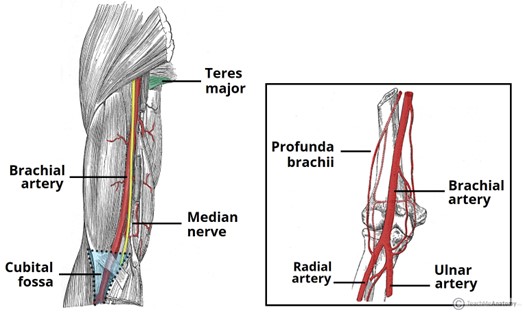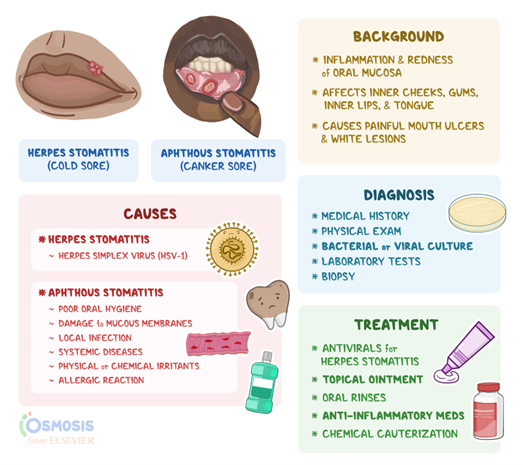A nurse is caring for a client who has benign prostatic hyperplasia. Which of the following findings indicates that the client's treatment has been effective?
The client has a creatinine level of 1.0 mg/dL.
The client has a urine output of 35 mL/hr.
The client passes soft, brown stool.
The client does not have to strain to begin urination.
The Correct Answer is D
Choice A reason: The client's creatinine level of 1.0 mg/dL is within the normal range, but it does not indicate that the treatment for benign prostatic hyperplasia has been effective. Creatinine is a waste product of muscle metabolism that is filtered by the kidneys and excreted in urine. It reflects the kidney function, not the prostate condition.
Choice B reason: The client's urine output of 35 mL/hr is below the normal range, which is 40 to 60 mL/hr. This indicates that the client may have dehydration, kidney impairment, or urinary retention, which are complications of benign prostatic hyperplasia. A low urine output does not indicate that the treatment has been effective.
Choice C reason: The client's stool color and consistency are not related to the treatment for benign prostatic hyperplasia. Stool characteristics depend on various factors, such as diet, medication, and bowel function. A soft, brown stool does not indicate that the treatment has been effective.
Choice D reason: The client's ability to urinate without straining is a sign that the treatment for benign prostatic hyperplasia has been effective. Benign prostatic hyperplasia is a condition in which the prostate gland enlarges and compresses the urethra, causing difficulty in urination. A treatment that reduces the size of the prostate or relaxes the bladder neck muscles can improve the urine flow and reduce the straining.
Nursing Test Bank
Naxlex Comprehensive Predictor Exams
Related Questions
Correct Answer is C
Explanation
Choice A reason: Using an electronic device is not a reliable method for measuring blood pressure because it may give inaccurate readings due to movement, noise, or battery issues. An electronic device should be calibrated regularly and compared with a manual device.
Choice B reason: Inflating the cuff to 140/90 mmHg is not a correct procedure for measuring blood pressure because it may cause discomfort and false readings. The cuff should be inflated to about 20 to 30 mmHg above the expected systolic pressure or until the pulse disappears.
Choice C reason: Placing the cuff on the upper arm is a correct procedure for measuring blood pressure because it ensures that the cuff is at the same level as the heart and that the brachial artery is compressed. The cuff should be snug and fit around 80% of the arm circumference.
Choice D reason: Measuring blood pressure after exercise is not a good time for measuring blood pressure because it may reflect a temporary increase due to physical activity. Blood pressure should be measured after resting for at least 5 minutes in a quiet and comfortable environment.

Correct Answer is A
Explanation
Choice A reason: Offering the client frozen banana as a snack is an appropriate intervention for the nurse to take because it can help soothe and cool the inflamed mucous membranes in the mouth and throat, which are caused by stomatitis. Stomatitis is an inflammation of the oral cavity that can result from radiation therapy or chemotherapy. Frozen banana also provides potassium, vitamin C, and fiber for the client.
Choice B reason: Serving the client hot meals is not an appropriate intervention for the nurse to take because it can worsen nausea and vomiting. Hot meals are aromatic, spicy, and greasy, which are characteristics of emetic foods. Hot meals can also irritate the stomach lining and trigger the gag reflex.
Choice C reason: Avoiding serving sauces or gravies is not an appropriate intervention for the nurse to take because it can cause dehydration and malnutrition. Sauces and gravies are liquid, mild, and moist, which are characteristics of antiemetic foods. Sauces and gravies can also enhance the flavor and texture of bland foods and provide calories and nutrients for the client.
Choice D reason: Discouraging the use of a straw is not an appropriate intervention for the nurse to take because it can prevent adequate fluid intake and hydration. Using a straw can help the client sip small amounts of clear liquids, such as water, ginger ale, or broth, which are antiemetic fluids. Using a straw can also reduce the exposure to odors and tastes that may cause nausea.

Whether you are a student looking to ace your exams or a practicing nurse seeking to enhance your expertise , our nursing education contents will empower you with the confidence and competence to make a difference in the lives of patients and become a respected leader in the healthcare field.
Visit Naxlex, invest in your future and unlock endless possibilities with our unparalleled nursing education contents today
Report Wrong Answer on the Current Question
Do you disagree with the answer? If yes, what is your expected answer? Explain.
Kindly be descriptive with the issue you are facing.
